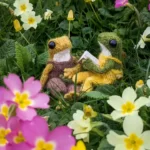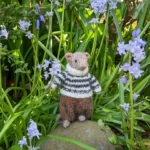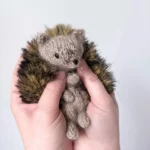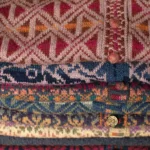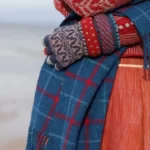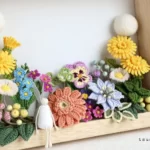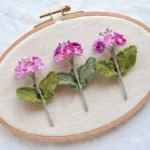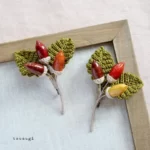The history of knitting: tracing the origins of knitting and how it has evolved over time.
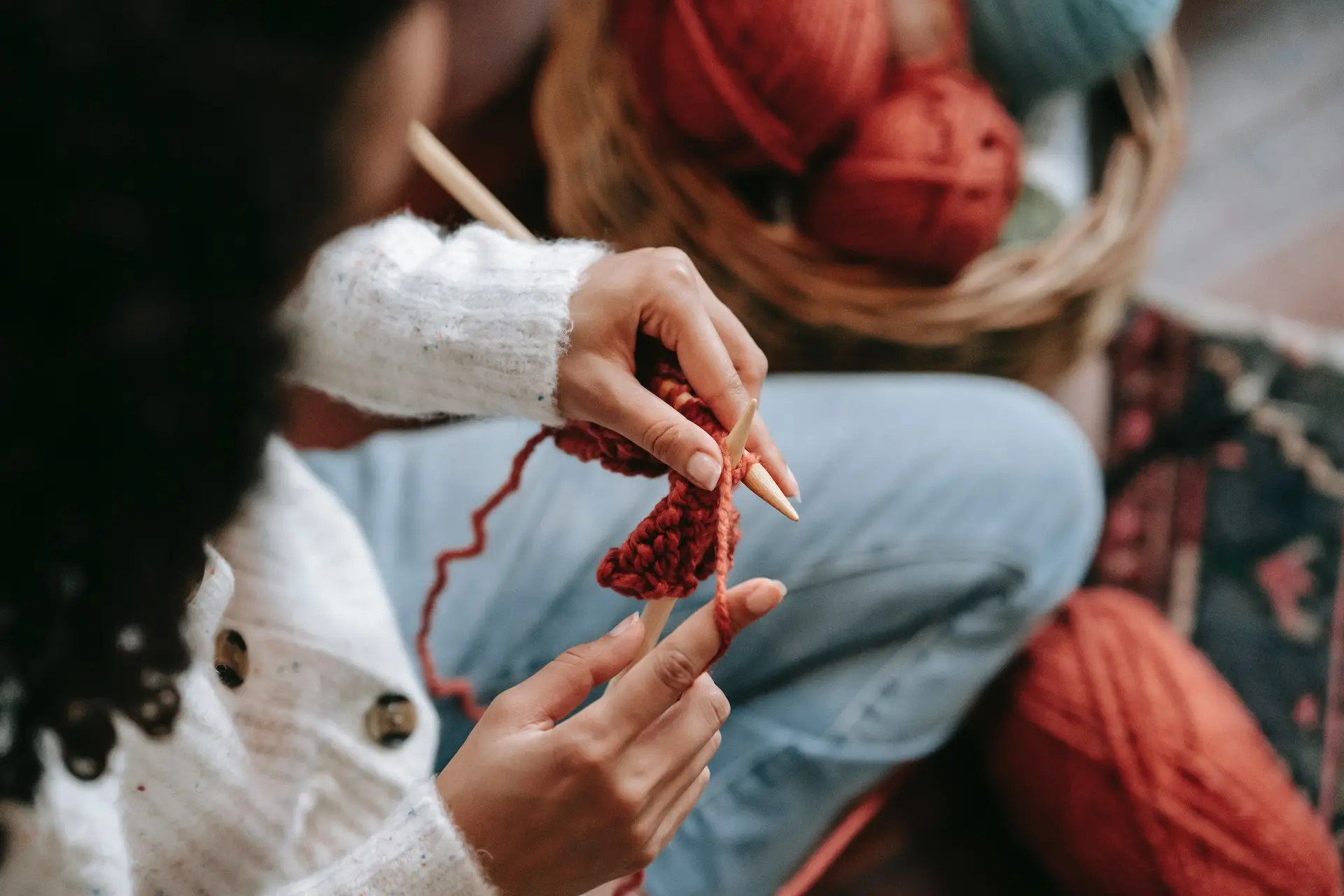
Knitting is a craft that has been around for centuries, with its origins dating back to ancient times. This craft has come a long way from its humble beginnings and has evolved into a popular pastime for many people around the world. In this article, we will explore the history of knitting and how it has evolved over time.

Origins of Knitting
The exact origins of knitting are unclear, but it is believed to have originated in the Middle East during the 5th century. The first knitted items were made using flat needles and were created for practical purposes such as clothing and blankets. These items were made using a technique known as nalbinding, which is similar to knitting but uses a single needle instead of two.
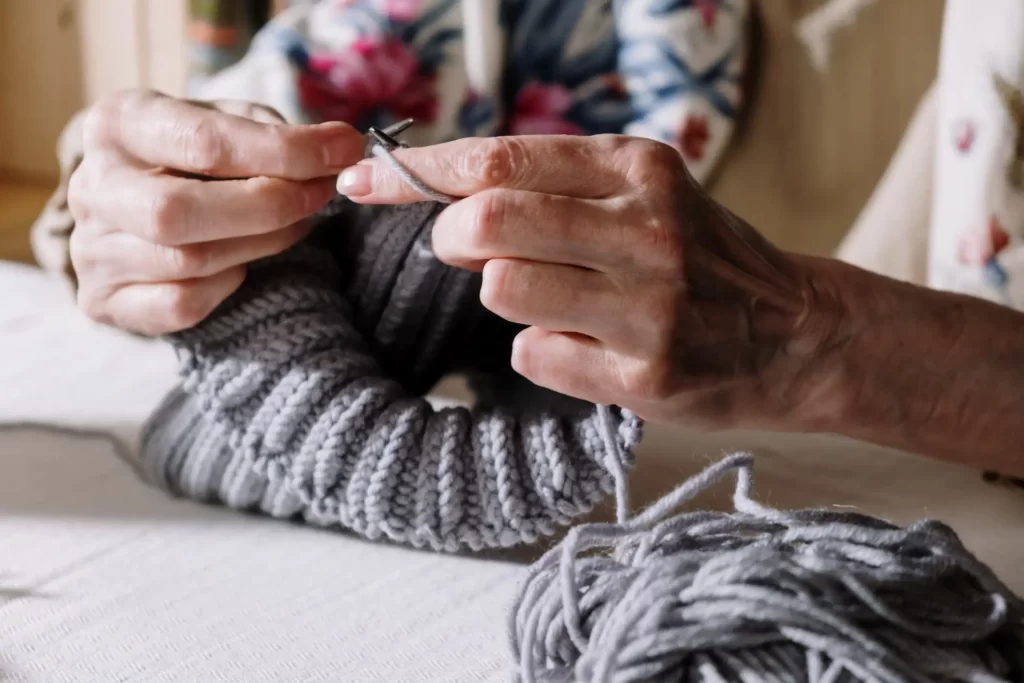
The use of two needles to create a looped fabric, which is the technique used in modern-day knitting, did not emerge until much later. The earliest evidence of this technique comes from the 11th century in the form of a pair of socks found in Egypt. These socks were made using a form of knitting that is similar to what is used today.
Knitting in Europe
Knitting eventually made its way to Europe, where it became a popular pastime during the 16th century. Knitting guilds were established, and patterns were developed, with many of these patterns still being used today. Knitting was often done by women, and it was a way for them to make clothing and accessories for themselves and their families.
During the 18th century, knitting became a symbol of status and wealth. Knitted items were often made using expensive materials such as silk and were adorned with intricate designs and embellishments. Knitting patterns were closely guarded secrets and were passed down from generation to generation.

10 countries in Europe where knitting is most popular
- United Kingdom – Knitting is deeply ingrained in the culture of the UK, and it is a popular hobby for many people of all ages. It is also home to many famous yarn brands and knitting designers.
- Norway – Knitting has a long history in Norway, and it is considered an important part of their cultural heritage. Traditional Norwegian knitting patterns, such as the Selbu pattern, are famous worldwide.
- Denmark – Knitting is a popular pastime in Denmark, and the Danish knitting tradition is known for its clean and simple designs.
- Iceland – Knitting is an important part of Icelandic culture, and many people knit as a way to stay warm in the harsh Icelandic climate.
- Sweden – Knitting is a popular hobby in Sweden, and the Swedish knitting tradition is known for its intricate colorwork patterns.
- Finland – Knitting is a popular pastime in Finland, and traditional Finnish knitting patterns often incorporate bright colors and bold designs.
- Estonia – Knitting has a long history in Estonia, and traditional Estonian knitting patterns, such as the Haapsalu shawl, are famous for their intricate lacework.
- Germany – Knitting is a popular hobby in Germany, and the German knitting tradition is known for its high-quality yarns and attention to detail.
- Ireland – Knitting has a long history in Ireland, and traditional Irish knitting patterns, such as the Aran sweater, are famous for their intricate cables.
- Italy – Knitting is a popular pastime in Italy, and many people knit as a way to create beautiful handmade clothing and accessories. The Italian knitting tradition is known for its intricate lacework and fine-gauge knitting.
These countries have a rich knitting history and culture, and their contributions to the craft have made them popular destinations for knitters and knitting enthusiasts around the world.
The Industrial Revolution and Knitting
The Industrial Revolution had a significant impact on knitting, as it did on many other crafts and industries. The invention of the knitting machine in the late 18th century changed the way knitted items were produced. Knitting machines allowed for faster and more efficient production of knitted items, which made them more affordable and accessible to a wider audience.
The advent of mass-produced yarn also contributed to the popularity of knitting. Yarn could now be produced in larger quantities and at a lower cost, making it easier for people to knit their own items.
Knitting in the 20th Century
Knitting continued to be a popular pastime in the 20th century, with the creation of new and innovative designs and patterns. During World War II, knitting became an essential part of the war effort. Knitted items such as socks and scarves were sent to soldiers on the front lines, and knitting patterns were distributed to women on the home front to encourage them to knit for the war effort.
In the 1960s and 1970s, knitting experienced a resurgence in popularity as part of the hippie movement. Knitting was seen as a way to express creativity and individuality, and many people began to experiment with new and unconventional designs.
Today, knitting remains a popular pastime, with a wide range of designs and patterns available. The internet has made it easier than ever for knitters to connect with each other, share patterns, and showcase their work. Knitting has also become a popular form of therapy, with many people turning to knitting as a way to reduce stress and anxiety.
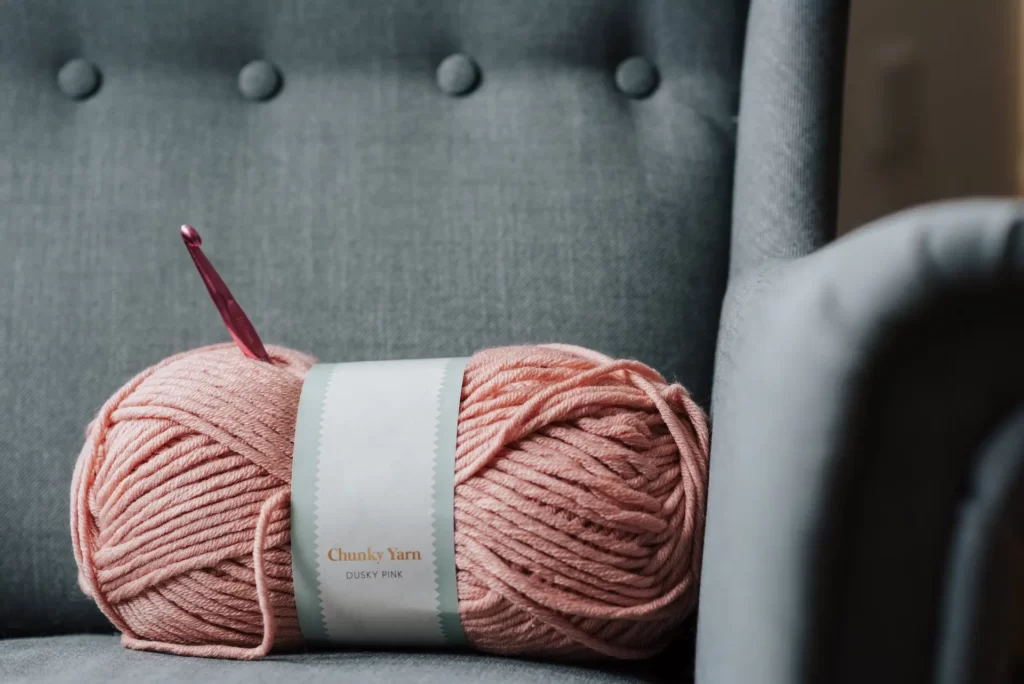
In conclusion
Knitting has come a long way from its origins in the Middle East. From a practical craft used to create clothing and blankets to a popular pastime enjoyed by millions around the world, knitting has undergone significant changes throughout its history. With new designs and patterns emerging every day, it is clear that knitting will continue to evolve and remain a beloved craft for many.
Share this article on your social networks and join our community of needlework lovers!
It's easy - just click one of the icons below:

